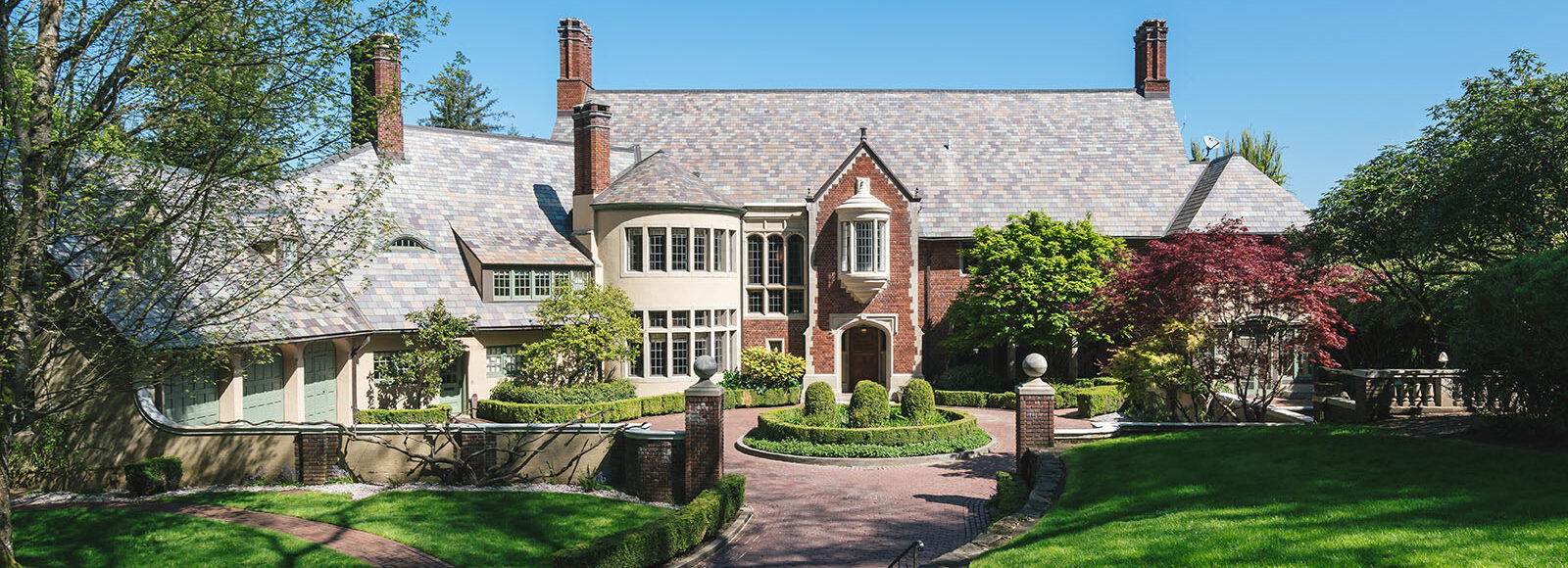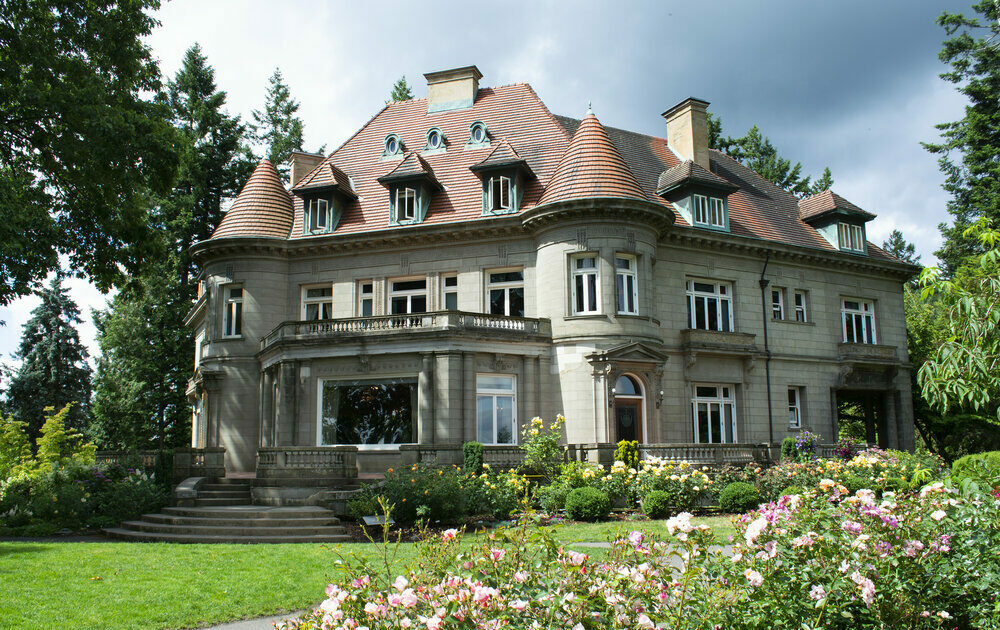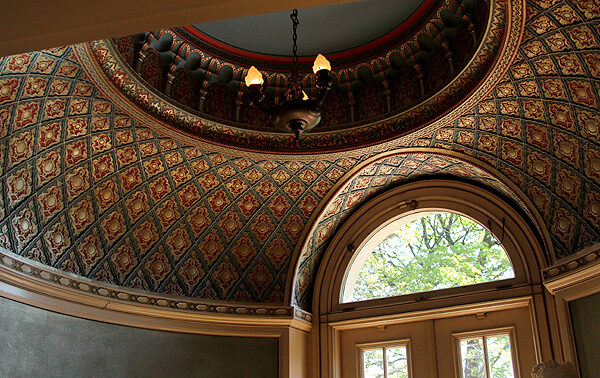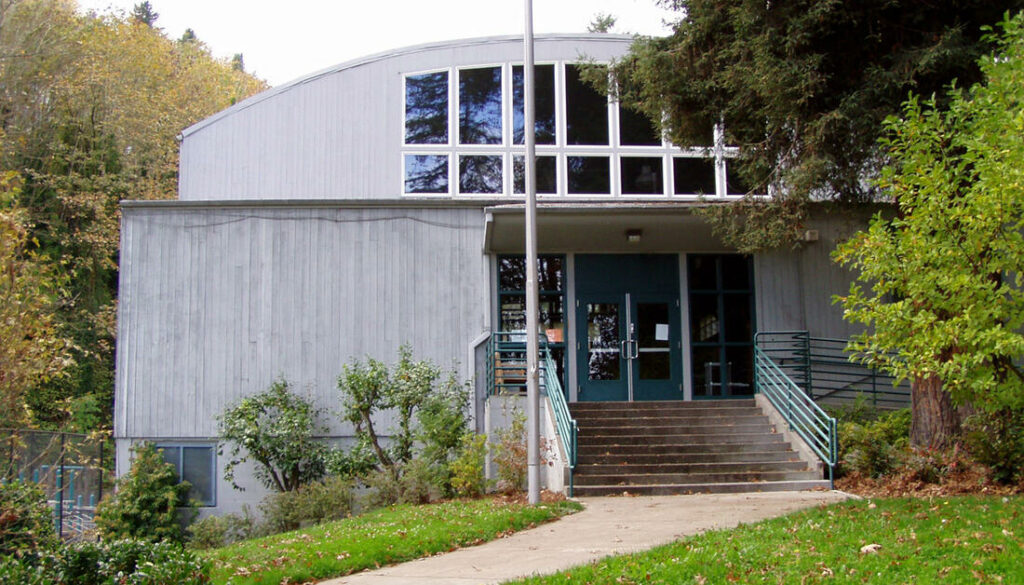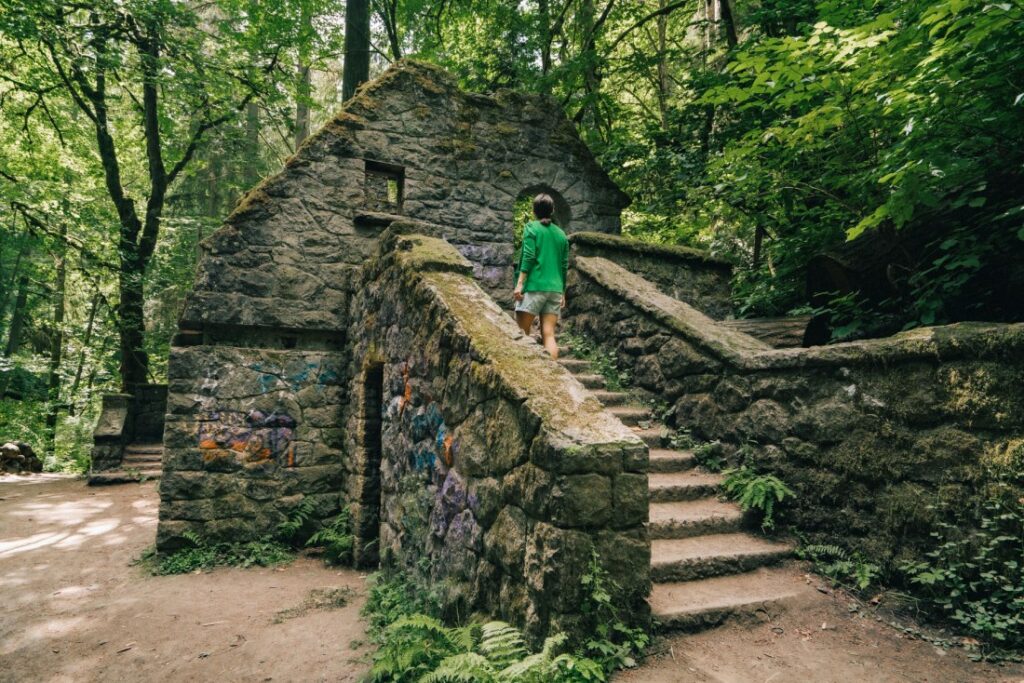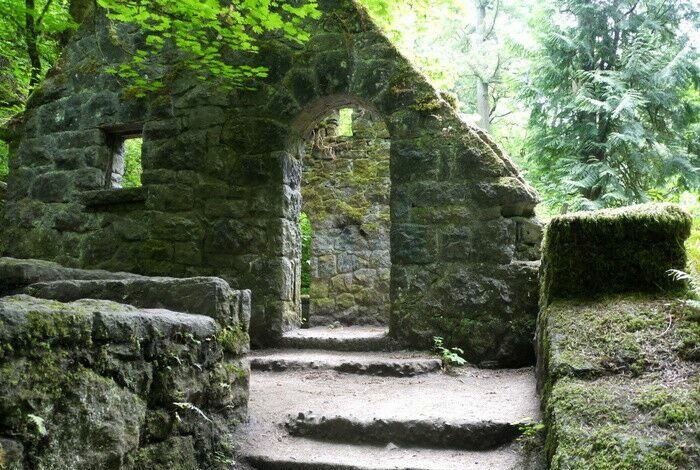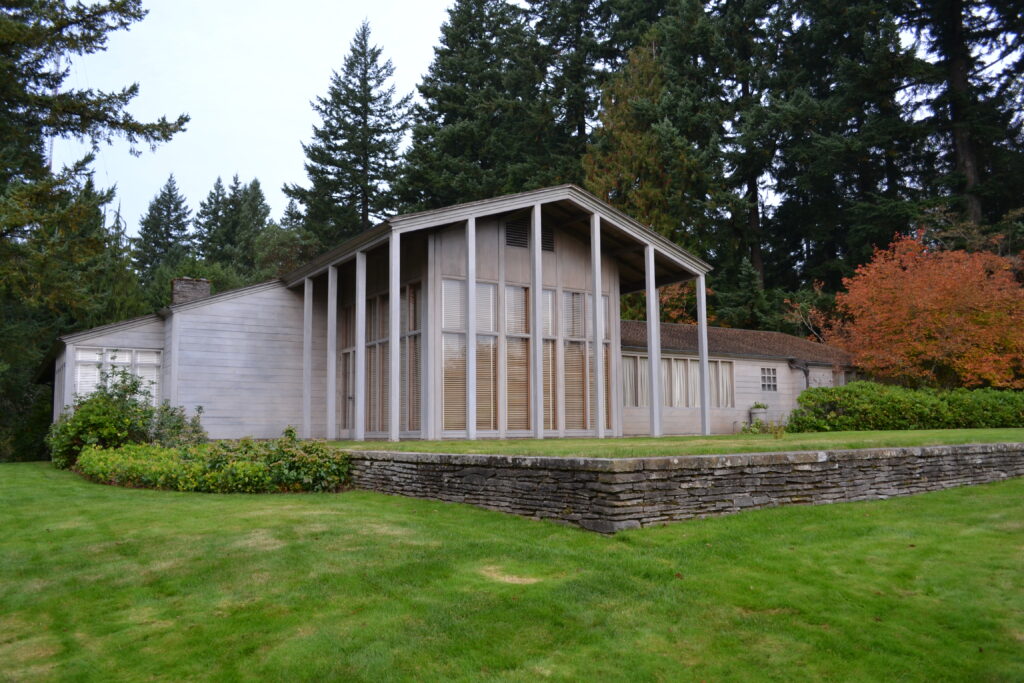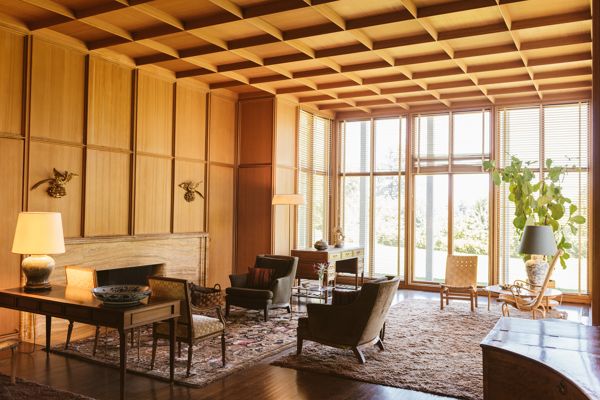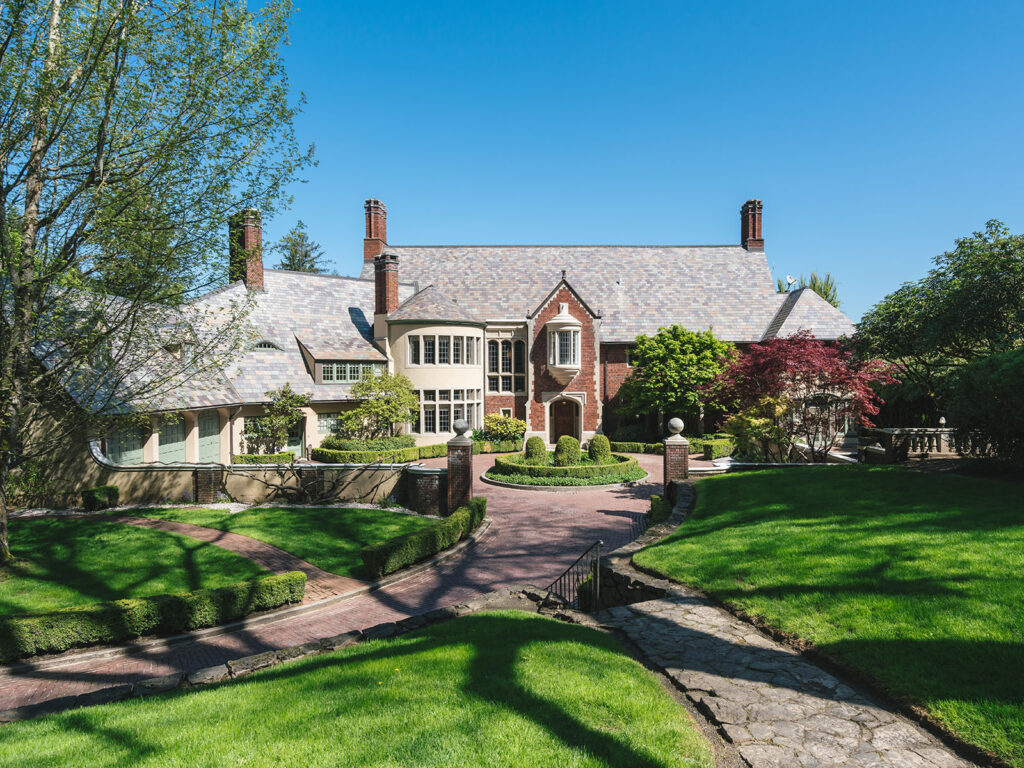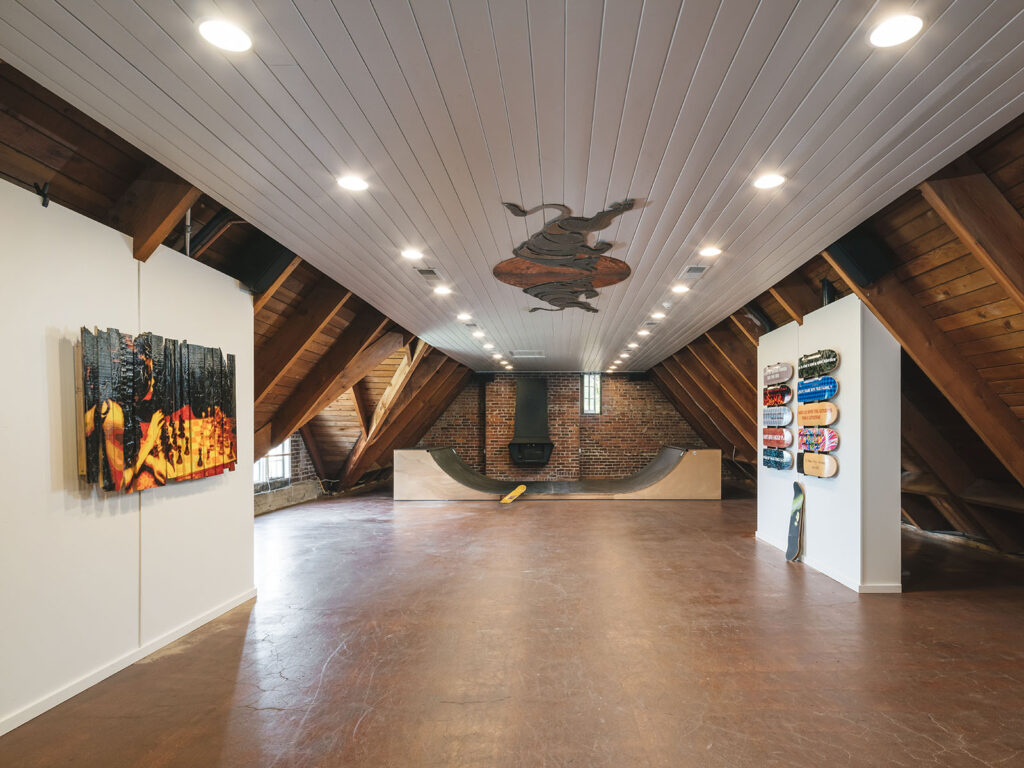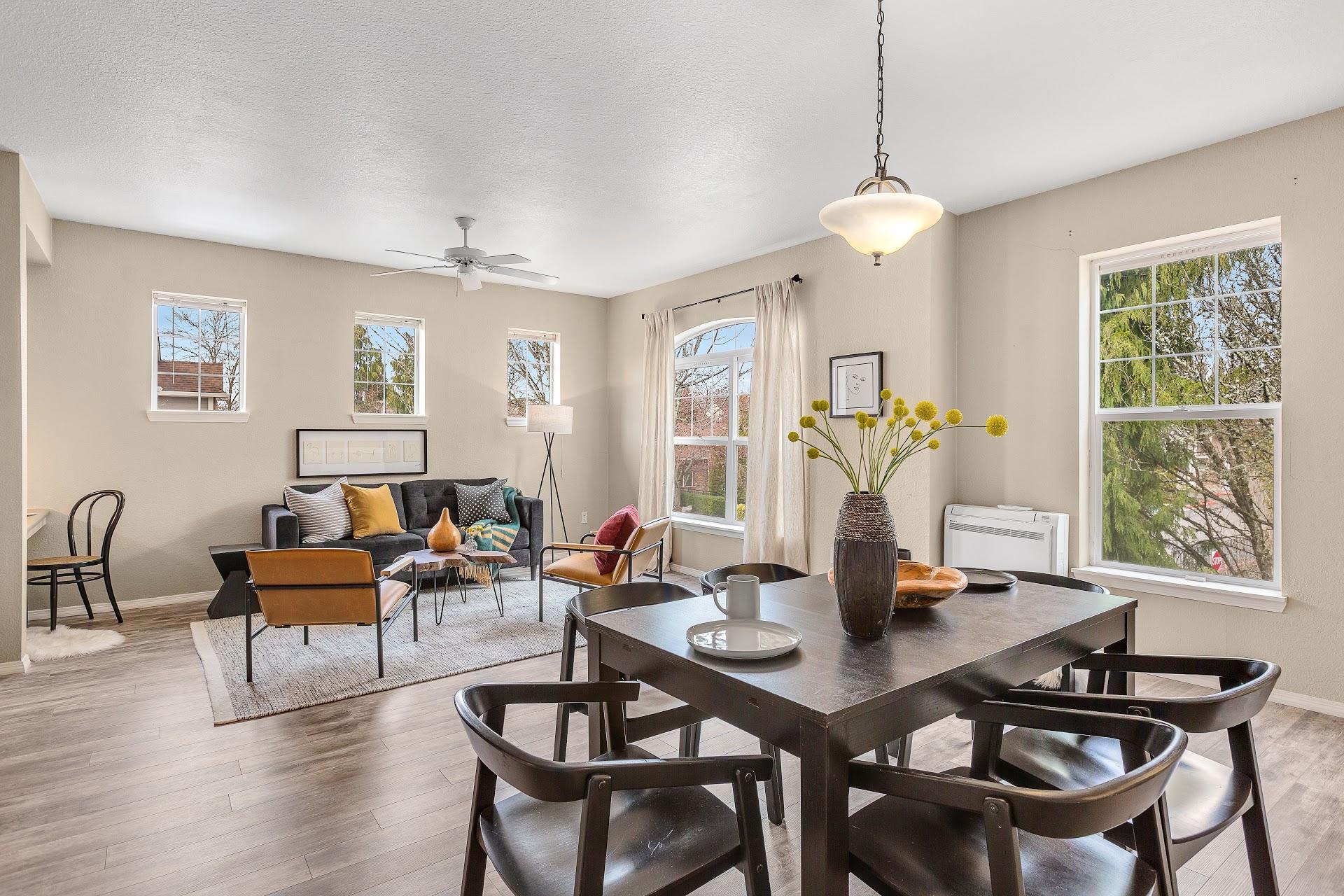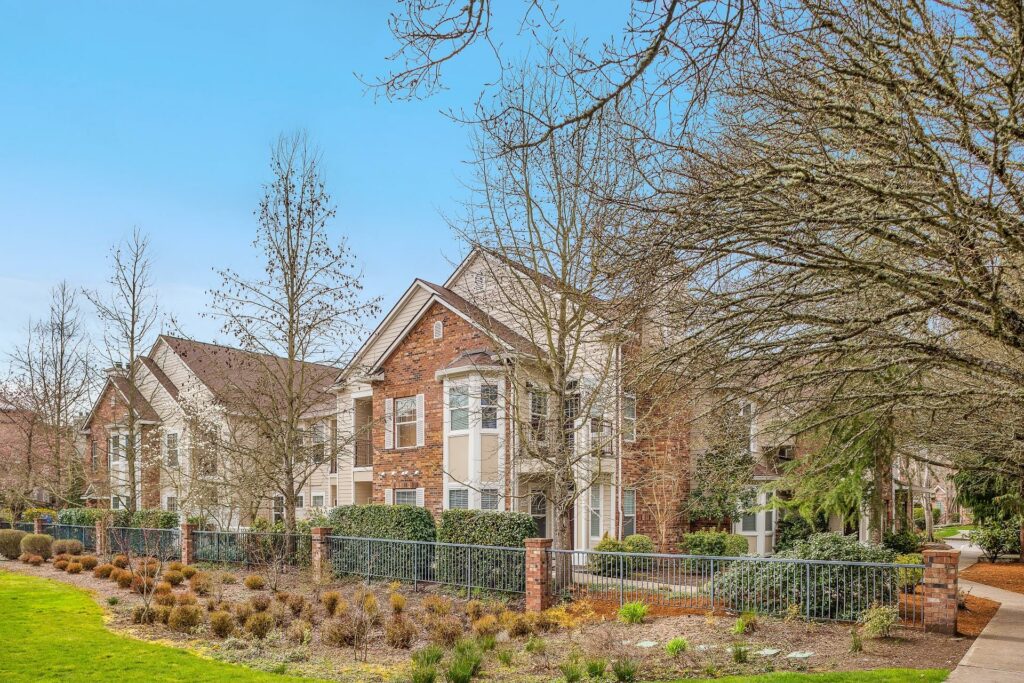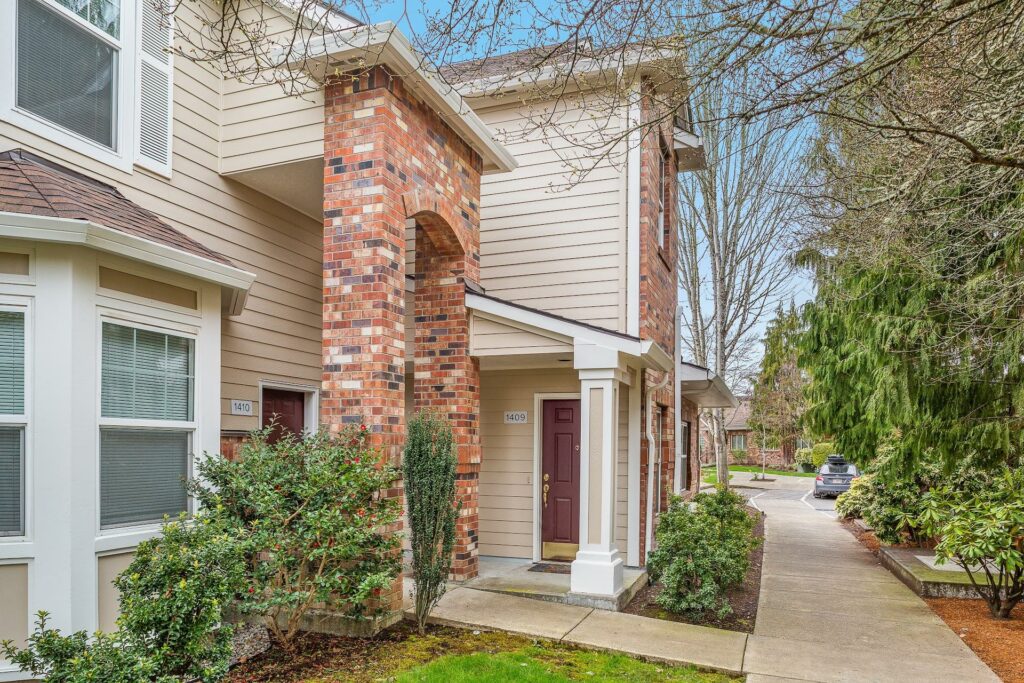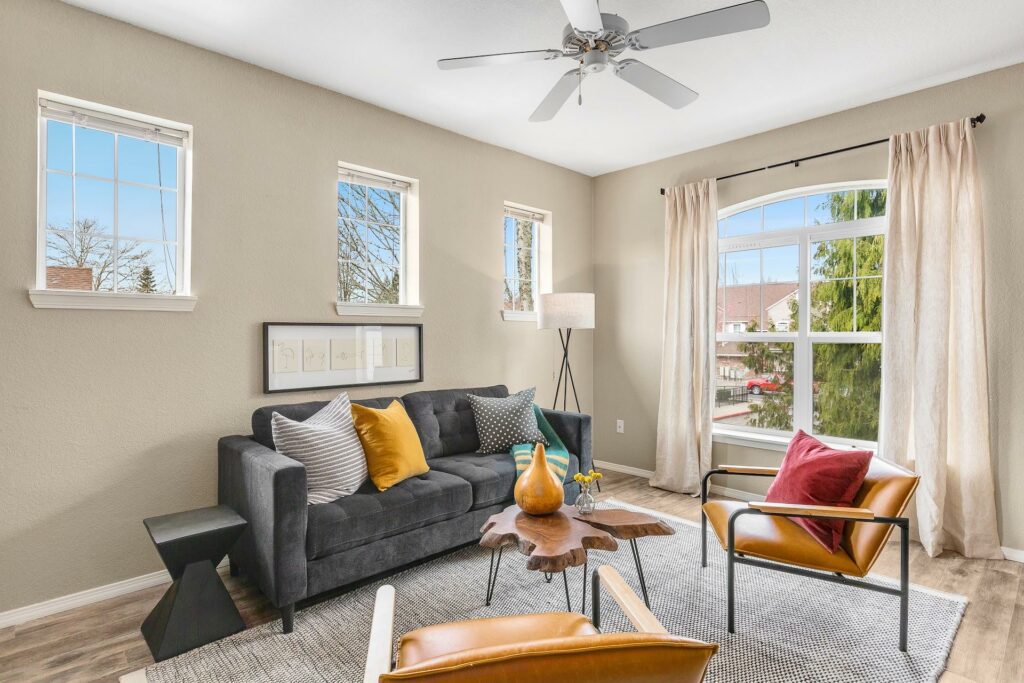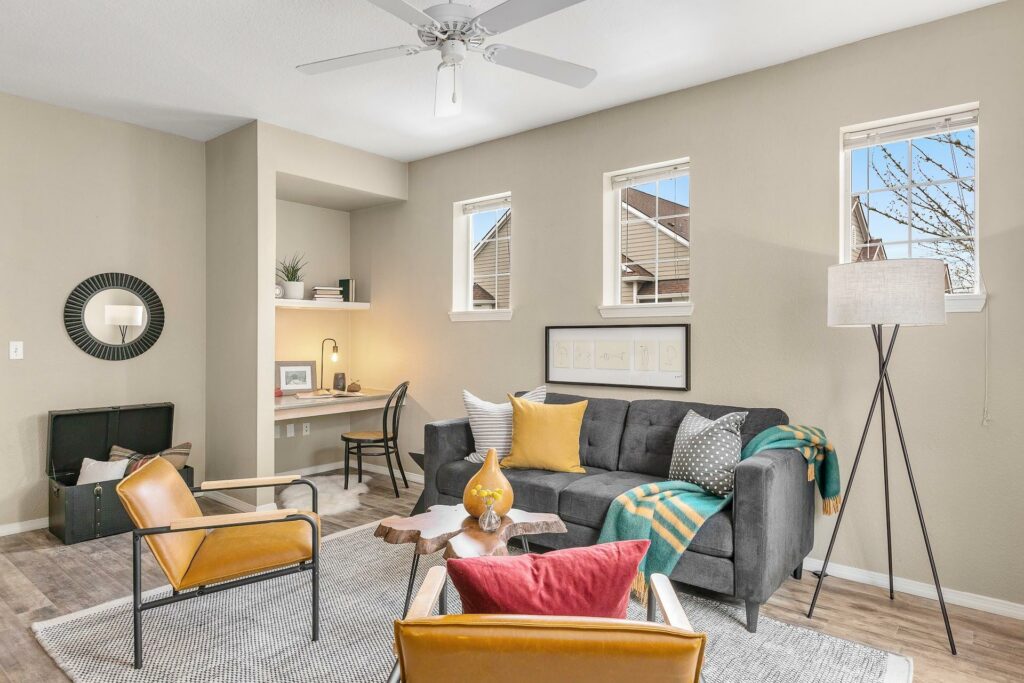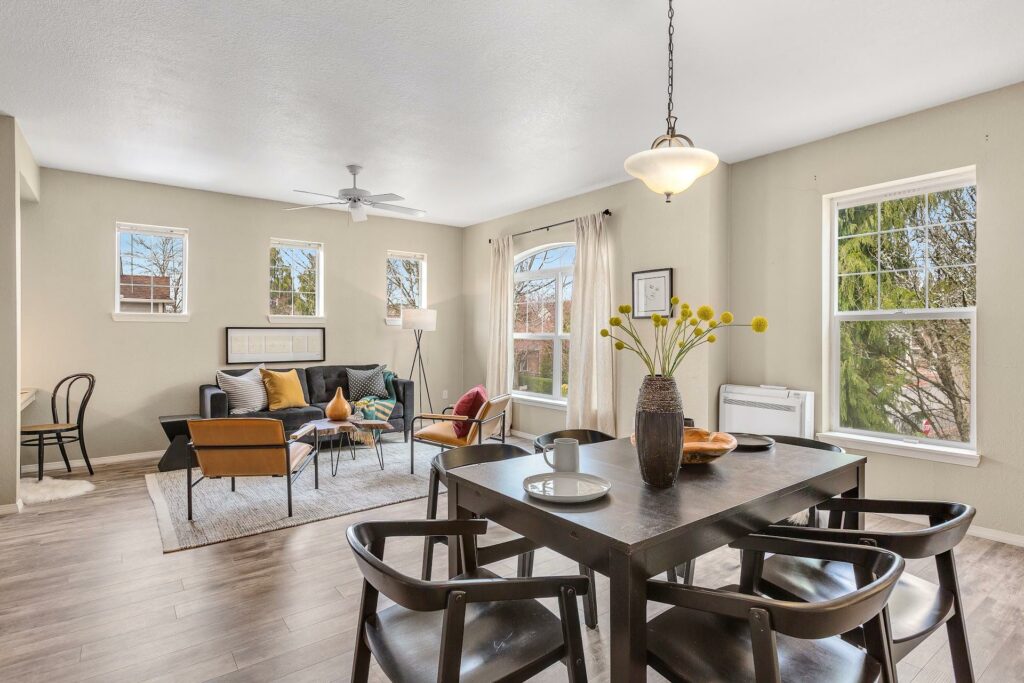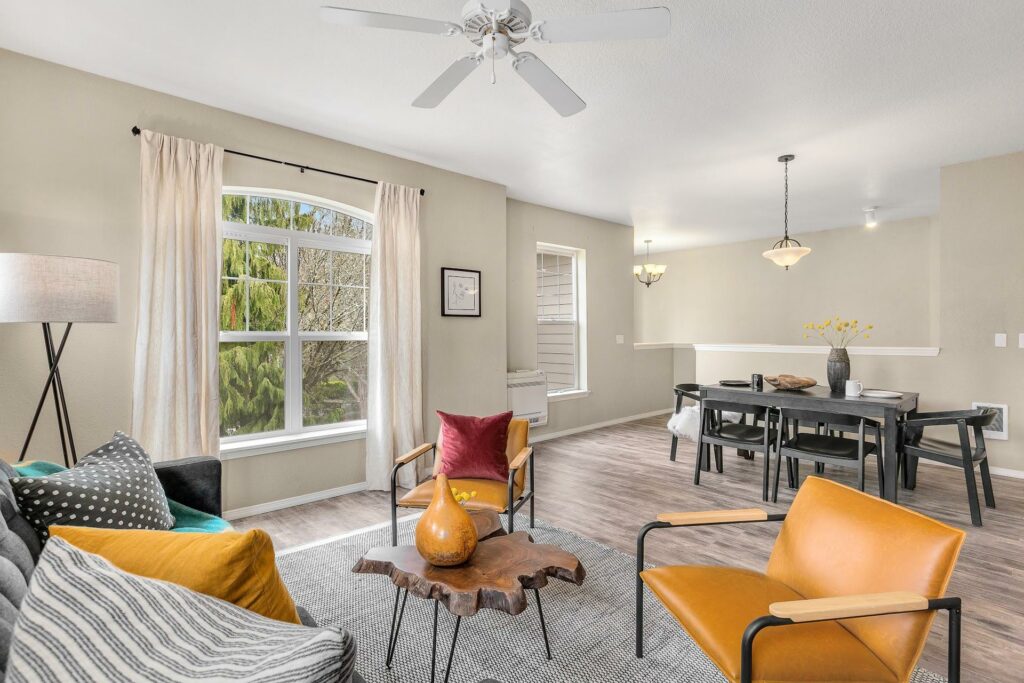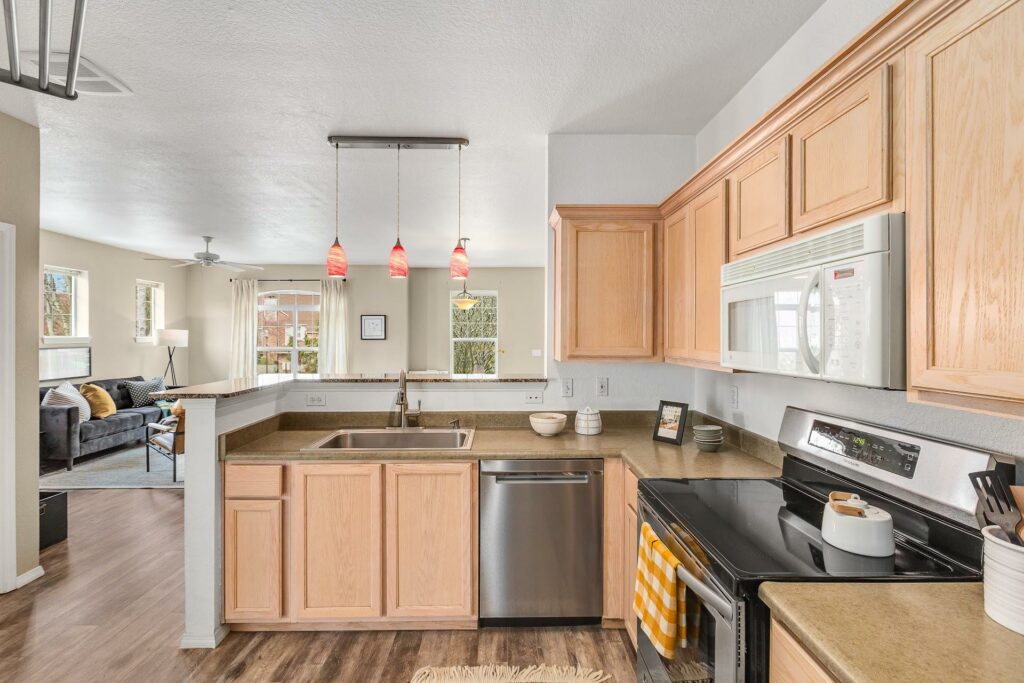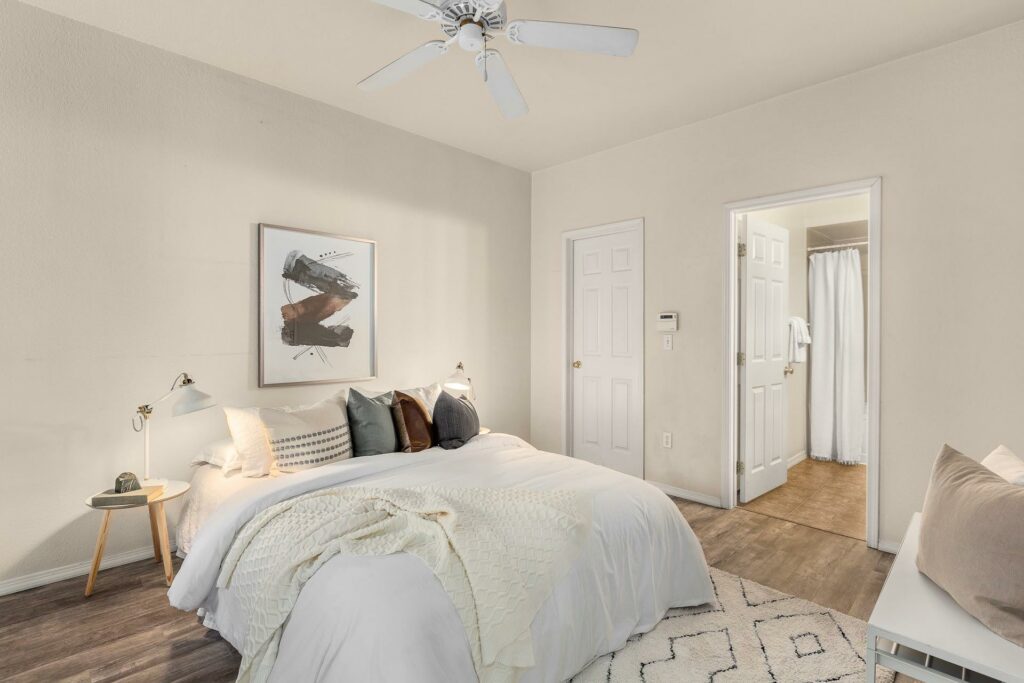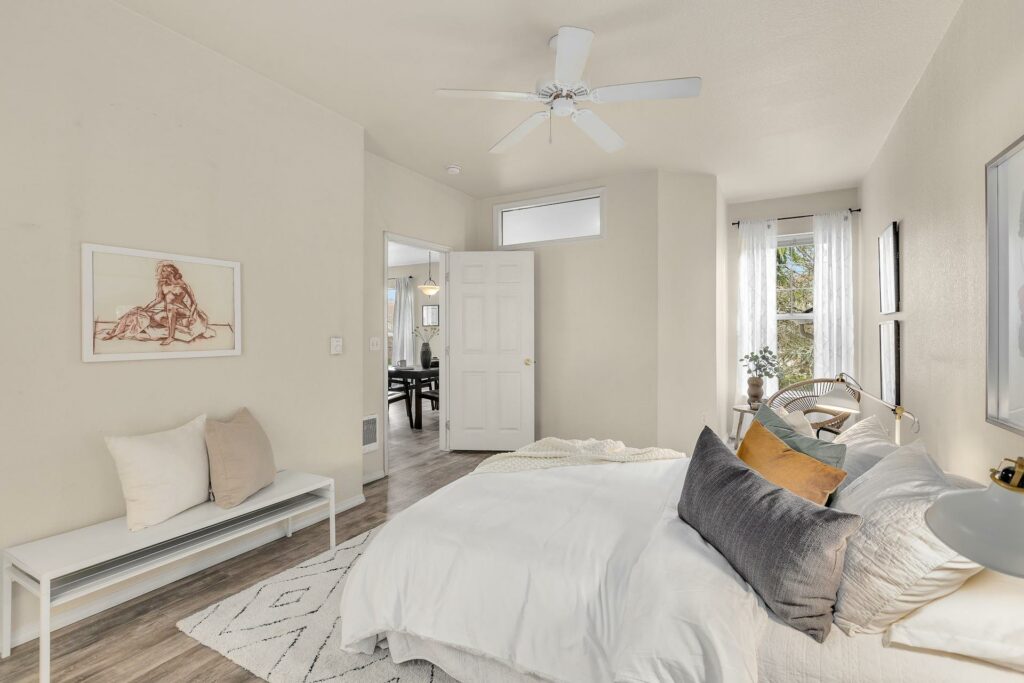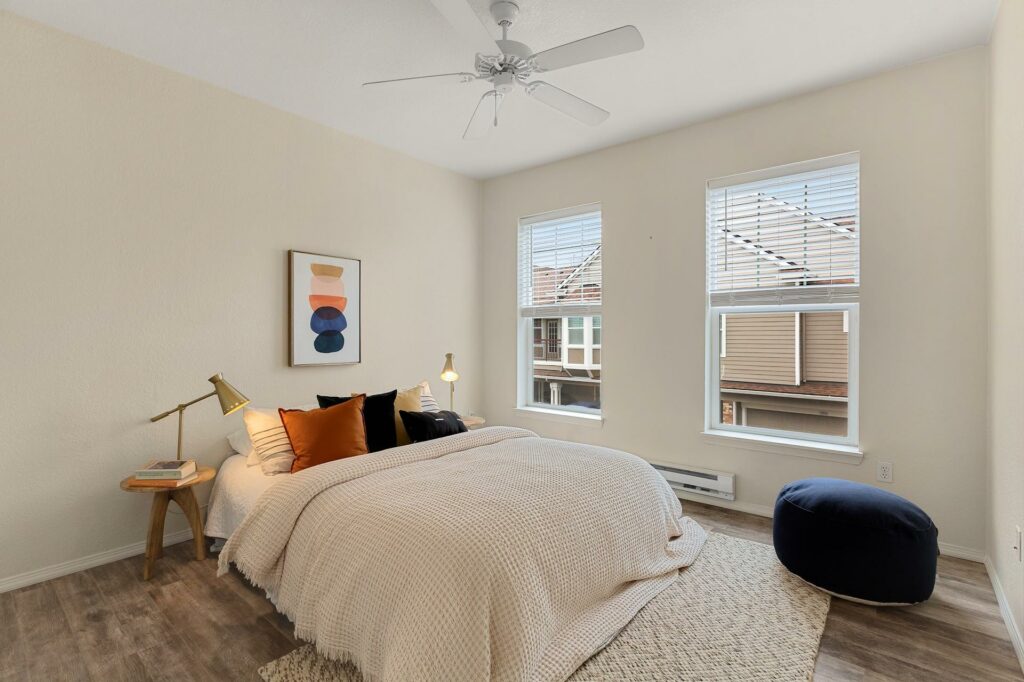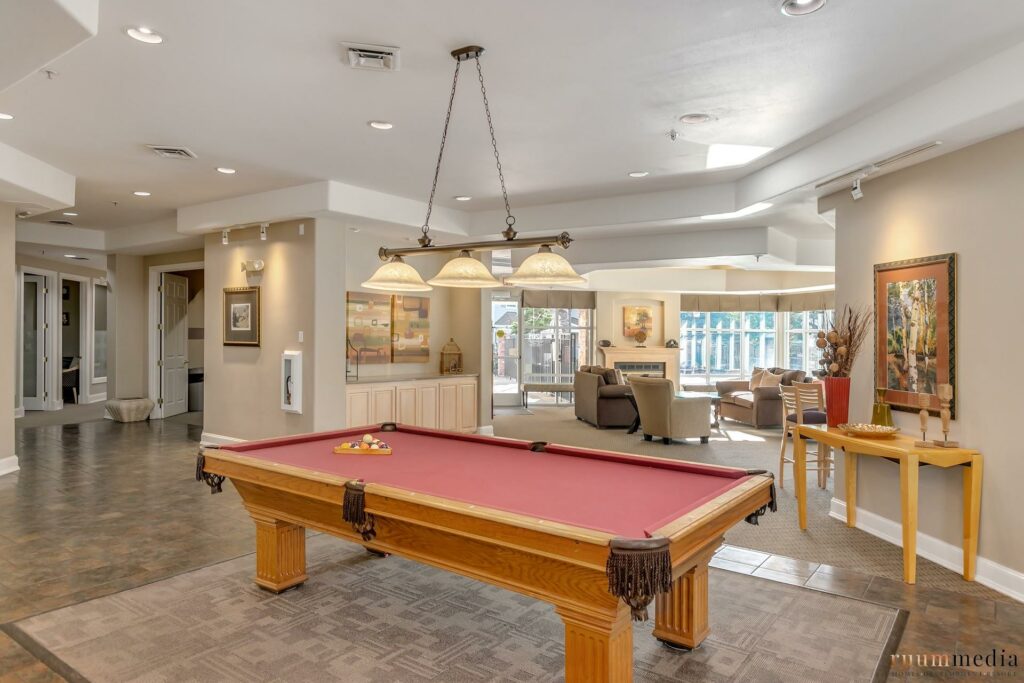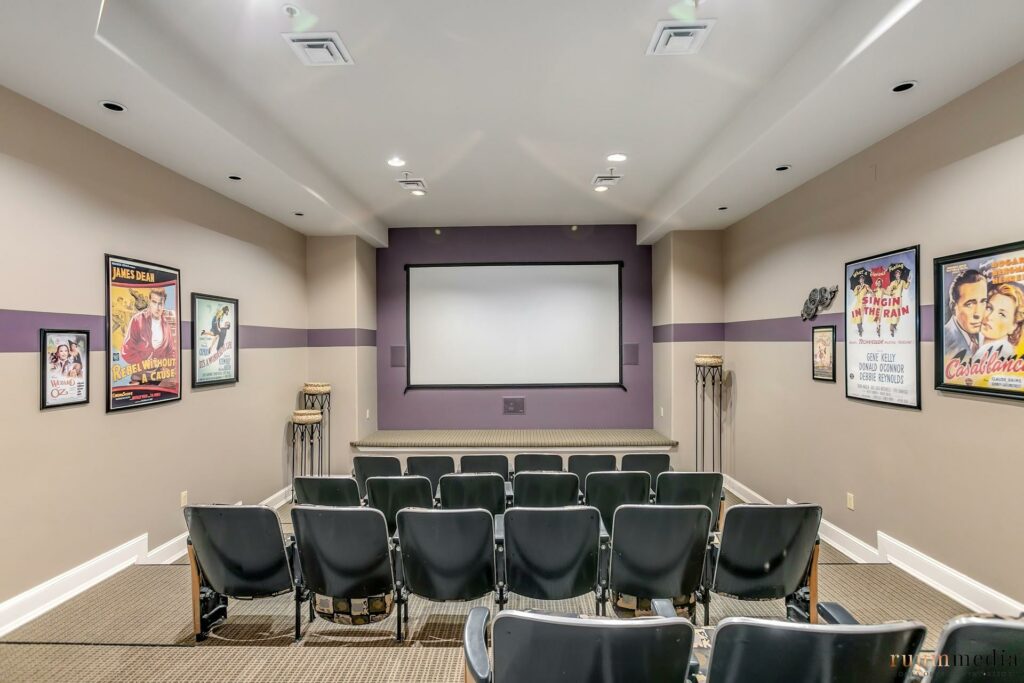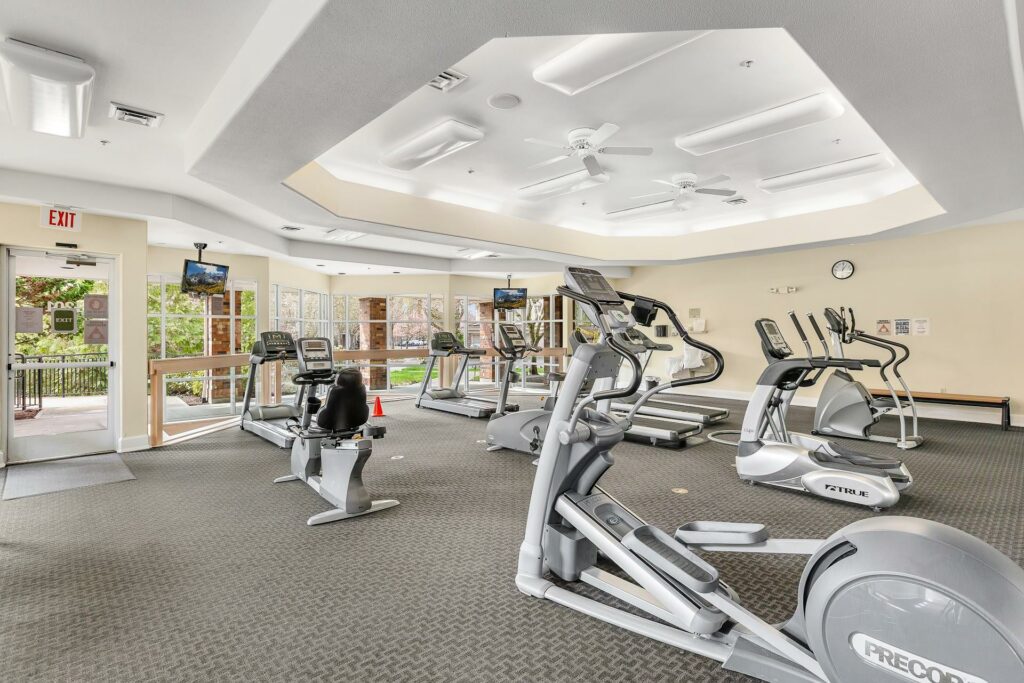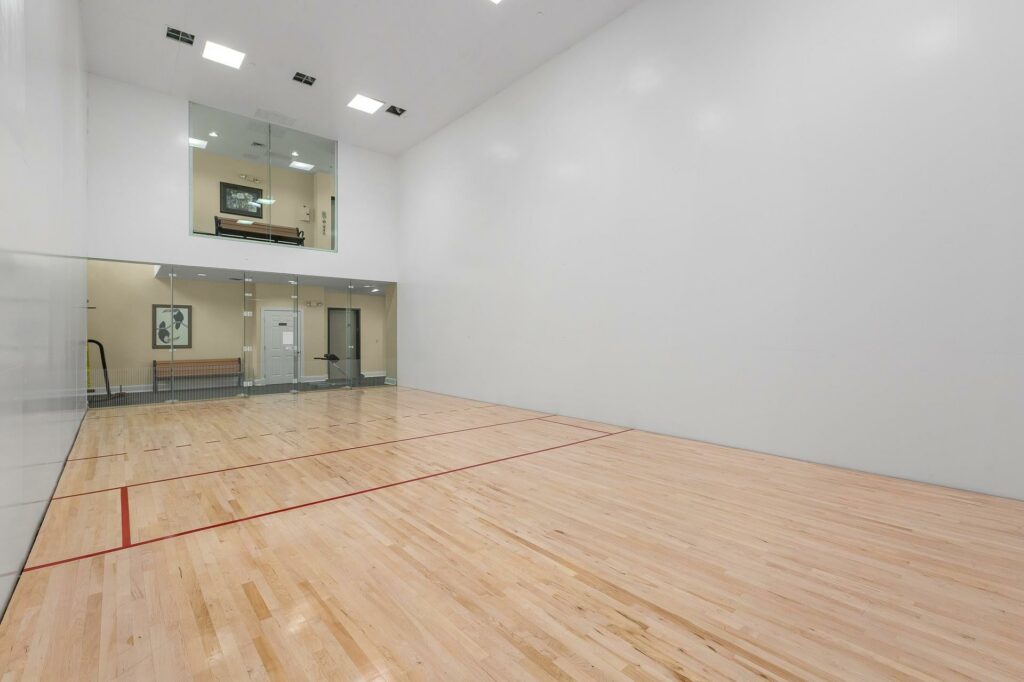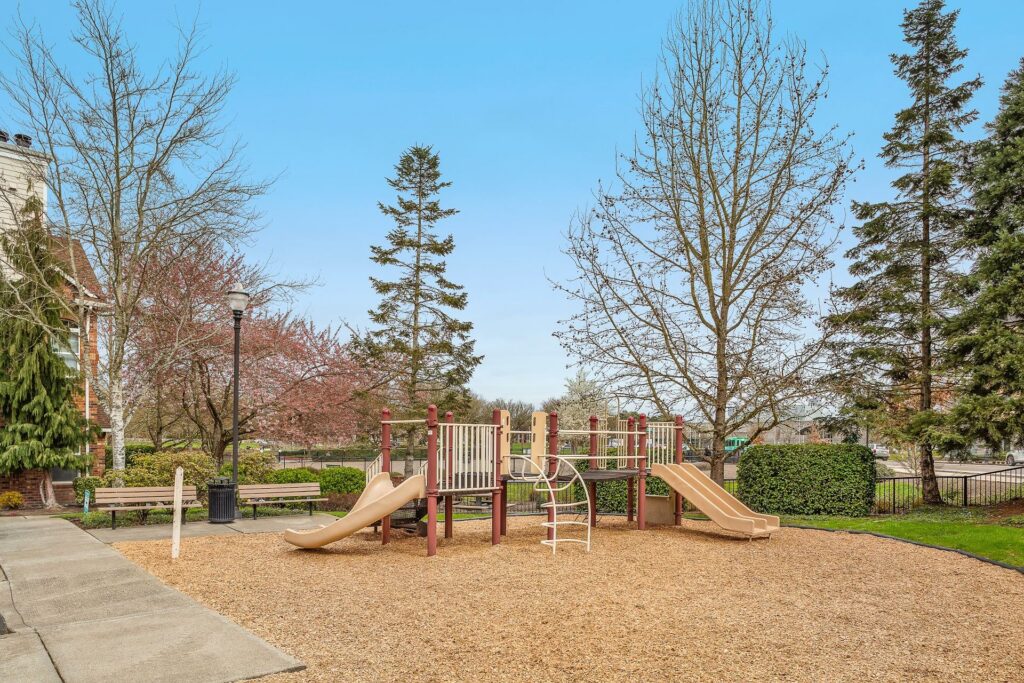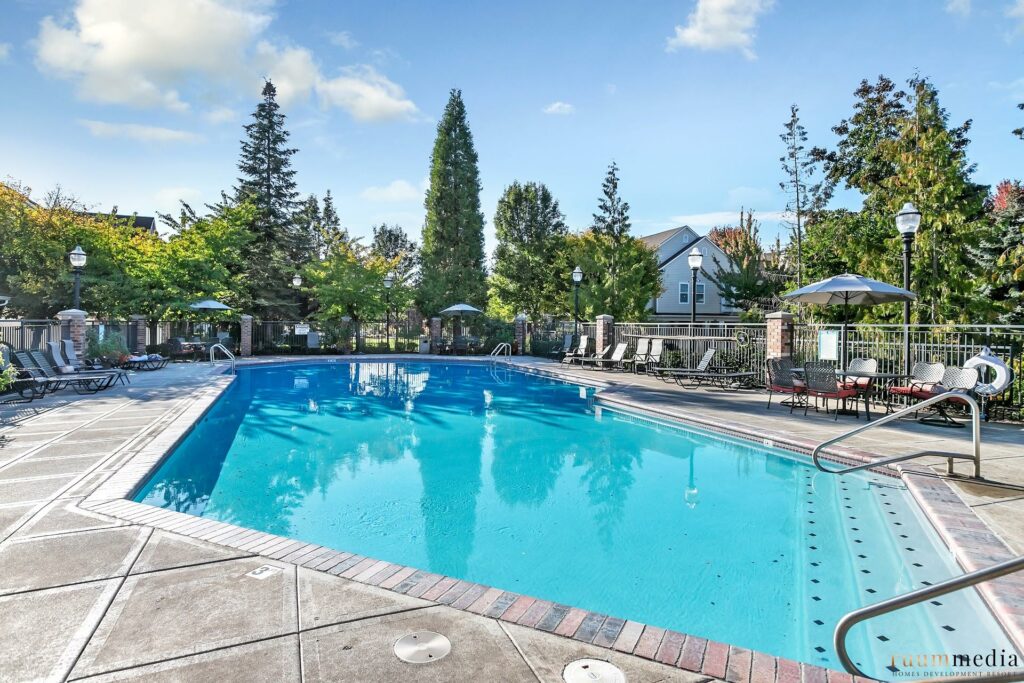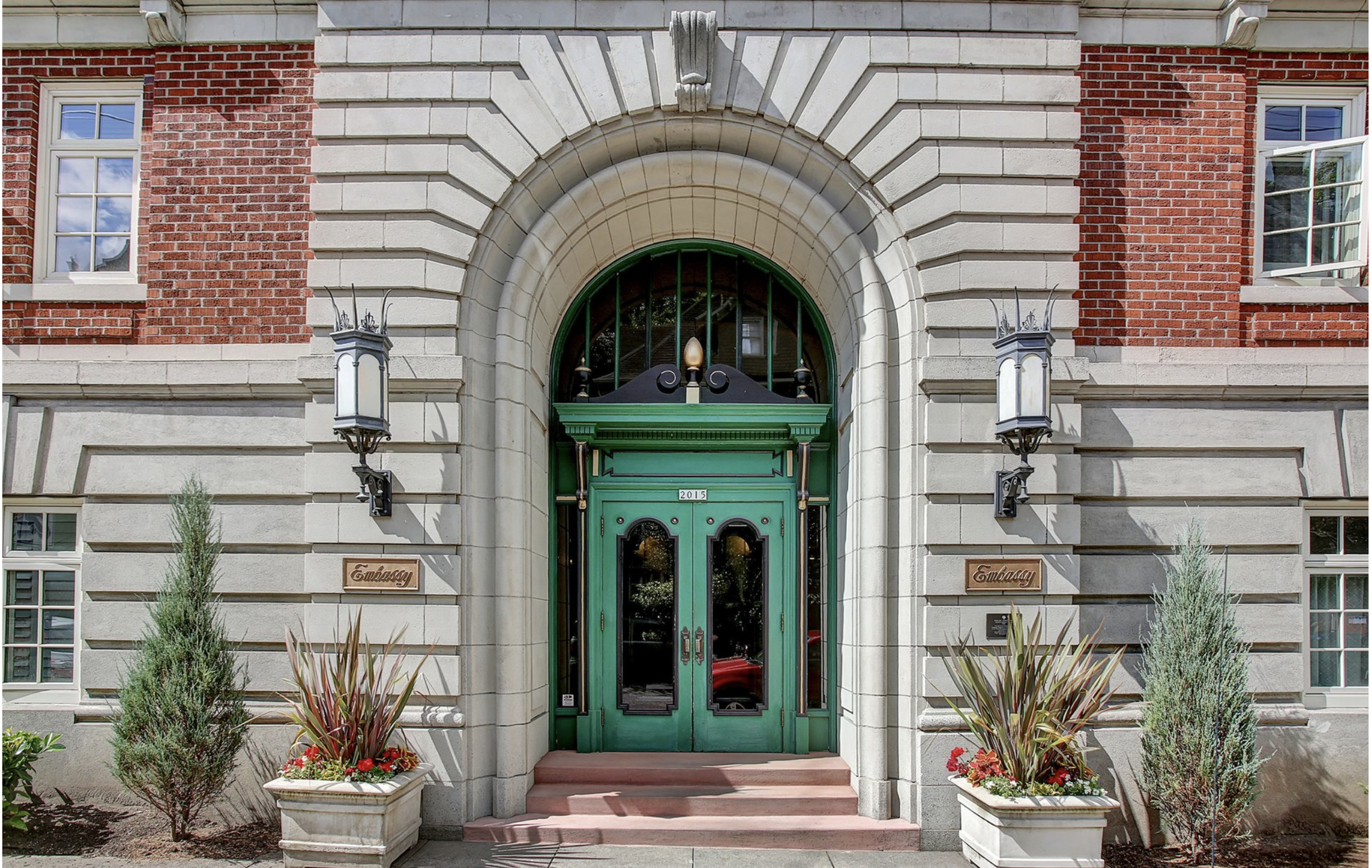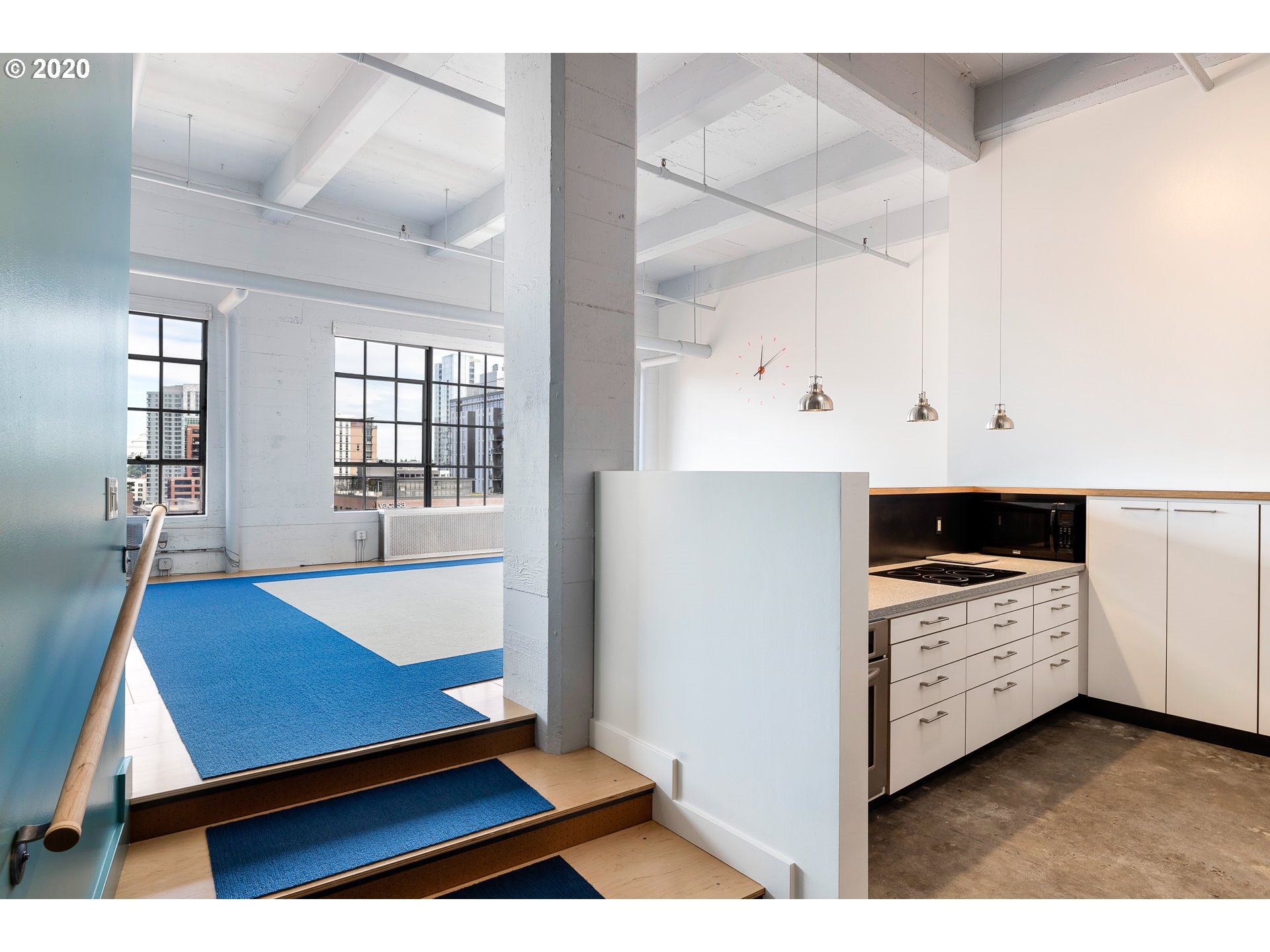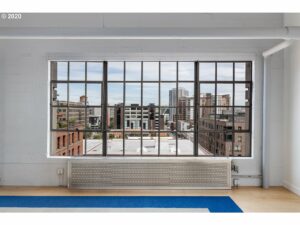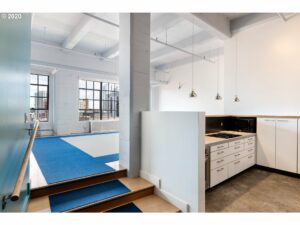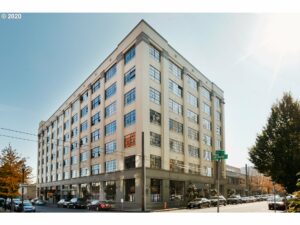Pittock Mansion
This French Renaissance-style château is a must-see for both Portland Natives and Tourists alike. Designing a home for Henry Pittock (the third owner of the newspaper The Oregonian) and his family of eight was no easy task, and the only one suited to do it was architect Edward T. Foulke. Foulke had a tall order to fill as Pittock wanted a large house that was both architecturally impressive and had the latest in technology. Foulke accomplished this huge undertaking, as Pittock mansion boasts twenty-three rooms including five bedrooms, a Turkish Smoking Room, a Library, and a Sewing Room. This mansion also encaptures breathtaking views of both Downtown Portland and the Cascade Mountains and features local craftsmanship and materials.
Hillside Community Center
Designed by local architect Pietro Belluschi in the 1940s, the Hillside Community Center was originally built to be the Caitlin Gable School. After the school moved, Portland Art Association purchased the building to be used as an artist collaborative hub but found the building to be too costly to maintain. The Art Association opted to sell to local developers, but the community found that it needed a community center. The biggest problem these underdogs faced was finding the financial resources to make this happen. They had one year to come up with $106,500 to purchase the building. After an extensive and exhaustive fundraising effort, the community was so close to reaching its goal but was still $25,000 short. Passionate about the project, twelve local families took out second mortgages on their homes to finish financing the project. These twelve are known as the ‘Trembling Twelve’ who ultimately turned the property over to the City of Portland to become a public park and community center. These days, Hillside Community Center hosts a rock climbing wall, an indoor basketball court, and rentable spaces for the Portland community to utilize.
Witch’s Castle
A difficult hike, but a true-crime fan’s dream, Stone House aka Witch’s Castle is a two-story stone structure in Forest Park that entices the imagination. True-crime junkies will feel shivers down their spine as they learn about the forbidden love of Anna Balch and Mortimer Stump, which ultimately lead to Stump’s murder by Anna’s infuriated father, Danford Balch. If true crime is not your thing, it’s still a fantastic photo backdrop where modern life meets cottage-core.
The Watzek House
Twenty-six-year-old John Yeon undertook a project of a lifetime. The Watzek house was designed by Yeon for his friend, baron of lumbar and civic patron, Aubrey Watzek. Watzek wasn’t originally convinced of this untraditional design, but found himself coming back to Yeon after reviewing a design from Pietro Belluschi (yes, the same Belluschi that designed Hillside Community Center). Construction began in 1937 and was then featured in The Museum of Modern Art’s 10th-anniversary book in 1939 for its Modernish interpretations. The home features breathtaking views of Mt. St. Helens, Mt. Hood, and Tualatin Valley.
Frank J Cobb House
Built in 1918, this Jacobethan-style mansion with Tudor touches is now also home to modern features. Designed by Albert E. Doyle, this home features a Tudor-arched porch, oak beamed ceilings, marble floors, a Jacobethan-style two-story turret with a conical roof, and five fluted chimneys. Not only is this a 7 bedroom, 6.5 bathroom home, but these historical features are accentuated by modern features such as an indoor skateboard ramp, night club, sports court, and Japanese tea house and pond. While not open for tours, this home was last sold in 2016 for $7.2 million.
